How to Tell if My Home Has Dirty Sock Syndrome and What to Do About It
Imagine your air conditioning system just kicked on, and you are looking forward to the nice cool air flowing through your home. Suddenly, a horrible odor is seeping out of your HVAC system’s vents.
If your HVAC smells musty, it can hinder your ability to enjoy the cool feeling. Although extremely unpleasant, this is a common problem that most HVAC contractors call “dirty sock syndrome,” or DSS. Although common, this issue does not have to impact your ability to enjoy the cool air coming from your HVAC system.
What Causes Dirty Sock Syndrome?
The term dirty sock syndrome describes the foul-smelling, mold-like odor from your HVAC’s air conditioning system when you first turn it on. The smell is caused by dust, dirt, and moisture building up on the system’s evaporator coil, causing bacteria growth and mold. The bacteria multiply and get blown into your home whenever the air conditioning system is turned on.
There are situations where DSS can be dangerous to the indoor air quality in your home. People who have compromised immunity, respiratory conditions, and allergy sufferers may be affected by the growth of mold and bacteria. For this reason, it is important to fix the problem quickly to prevent further harm or damage.
How to Fix Dirty Sock Syndrome?
There are a variety of things that you can do to fix DSS. These include:
Changing your air filters - Several factors will determine how often you must change your air filters, including how many people are living in your home, if you have any animals, and if anyone suffers from allergies. Being a smoker can also impact how often the filters need to be changed.
Cleaning the evaporator coils - As your air conditioner removes moisture from the air, it causes water droplets to form on the evaporator coil. When the air filters are not changed regularly, it can cause the AC to start growing mold, which can be problematic. It is essential to routinely clean the metal coils to prevent the buildup from occurring.
Cleaning the drip pan -When moisture is removed from inside your home, it drops from the coils into the drip pan below. Once the pan fills up, the moisture droplets get siphoned out of your home through the condensate line. Emptying and cleaning the drip pan with soap and water or distilled white vinegar can help to prevent future growth.
Cleaning the condensate line - When the water is siphoned from your home, it travels through the condensate line. Without proper draining and cleaning, this line can grow mold. It is important to routinely clean the condensate line as well to prevent any obstructions that can lead to a backup or damage to your unit.
Performing these tasks is critical when it comes to keeping your system working properly for several years to come. Hiring a professional HVAC contractor to come to your home is an important part of ensuring your system continues to produce good quality, clean air.
DSS will not typically go away on its own. Although you may notice that there is no longer a musty odor in your home, it does not always mean that the problem has gone away. All the bacteria will remain inside the evaporator coil until it is removed. For this reason, it is important to keep up with HVAC maintenance to prevent a problem down the road.
Preventative Measures to Take
If your AC system’s evaporator coil is working correctly, it is important that you take a few steps to prevent DSS from cropping up. This includes:
- Regularly scheduled air conditioning maintenance with an HVAC contractor
- Upgrading to a high-performance air filter
- Inspecting your air filters regularly and cleaning them
- Having a professional clean the ductwork in your home
If you are interested in combatting DSS in your home’s HVAC system or you would like maintenance performed, feel free to schedule a service visit from our team at Gainesville Mechanical today. Our experts can help you get your system back on track today.
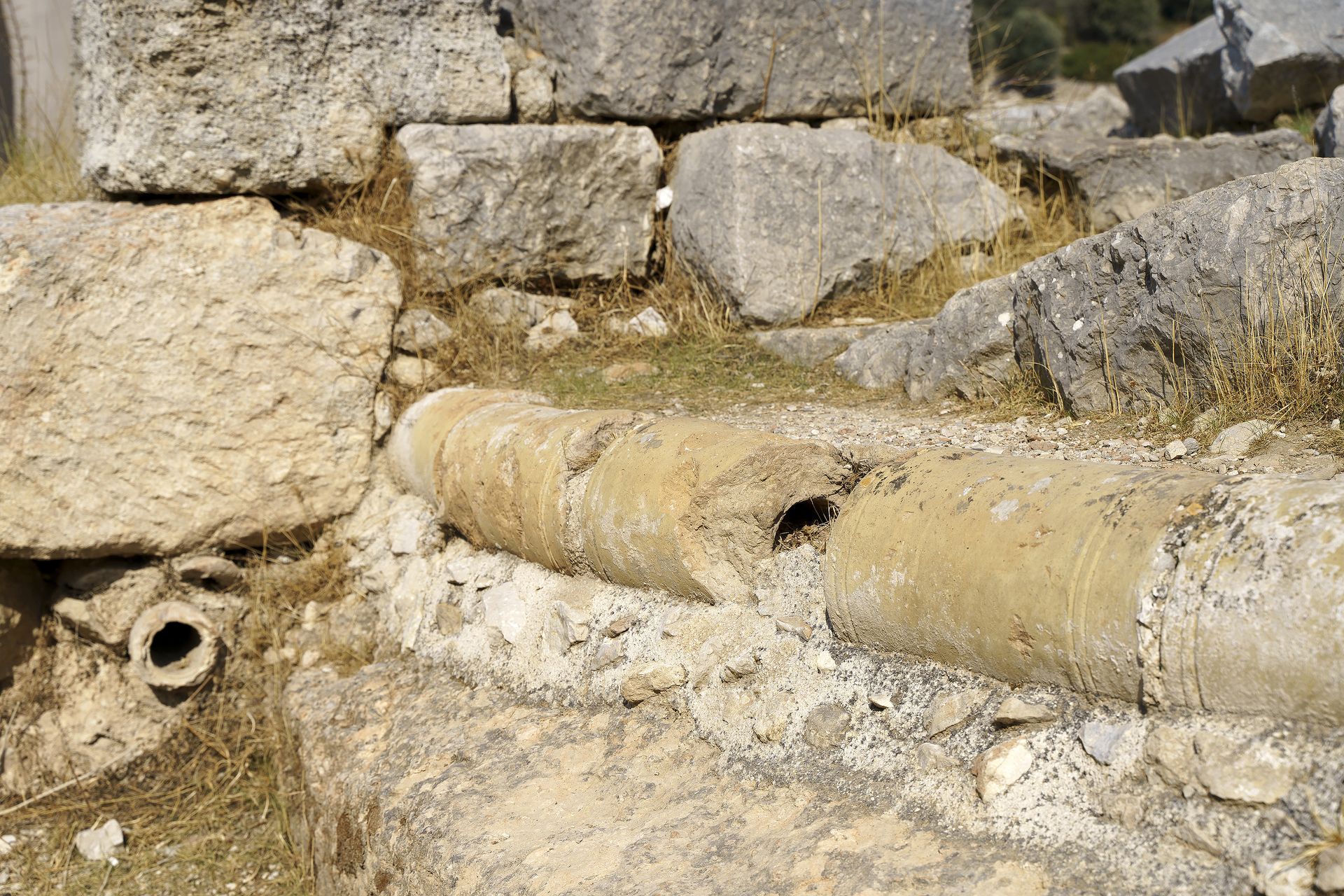
Servicing the Southeast
and Surrounding Areas
Share On:
Phone Number
All Rights Reserved | Privacy Policy
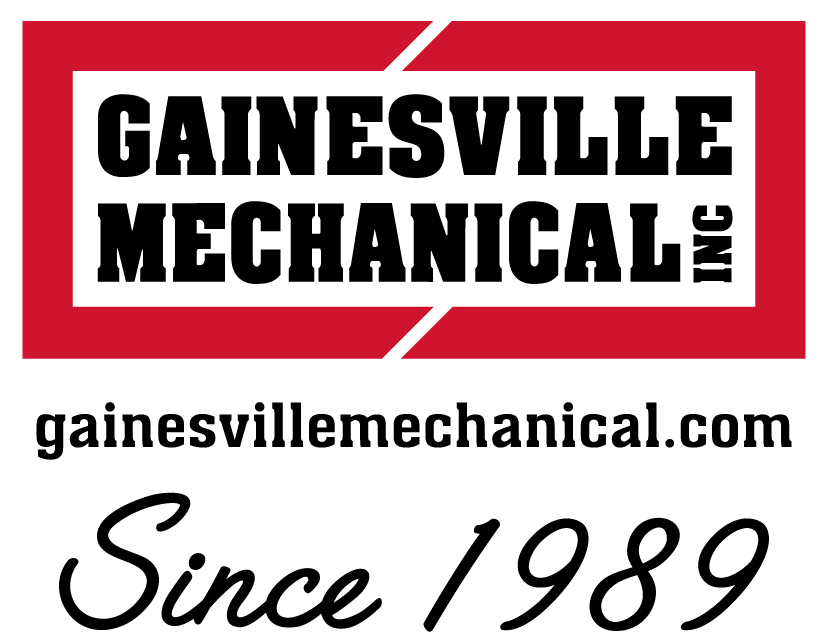
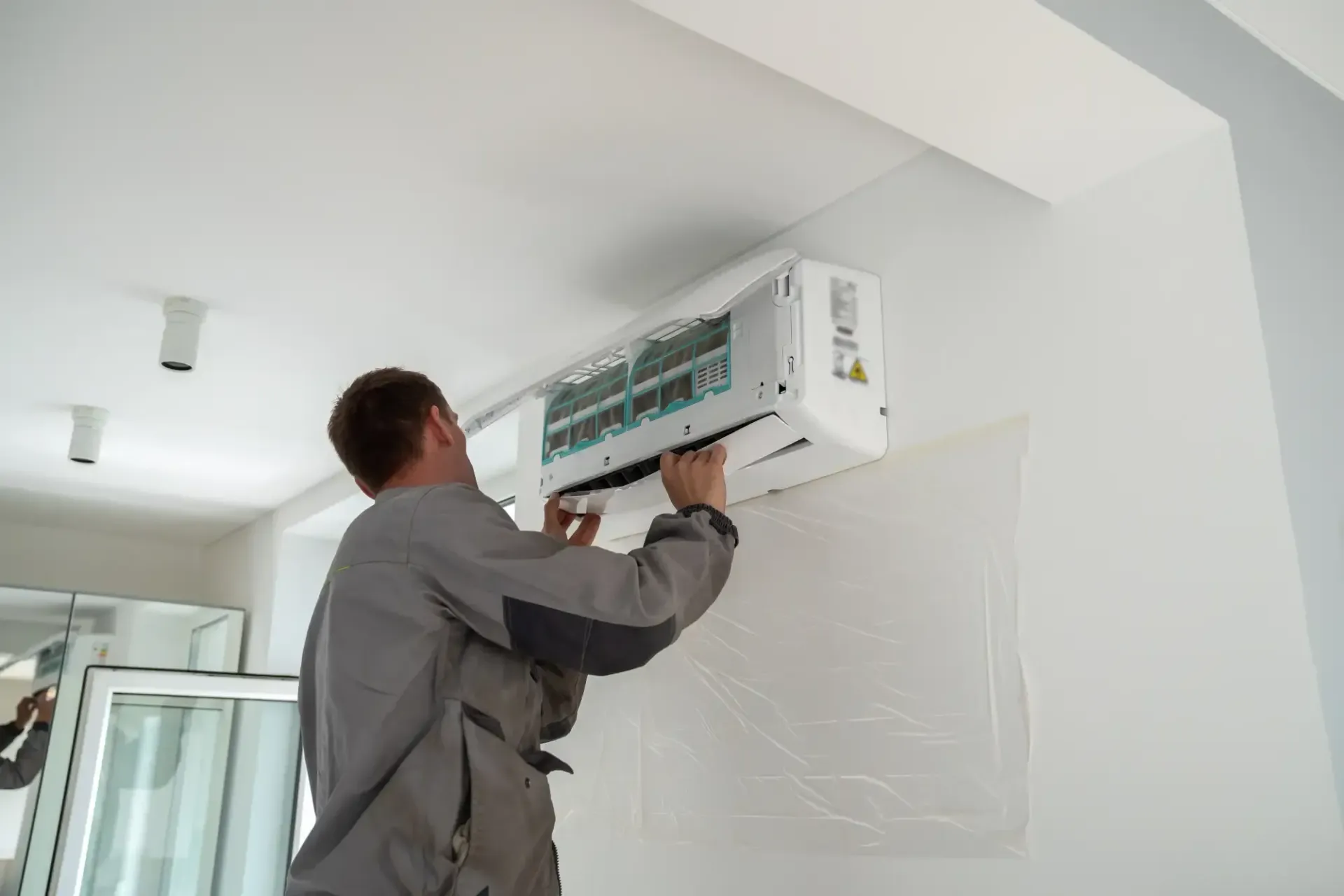
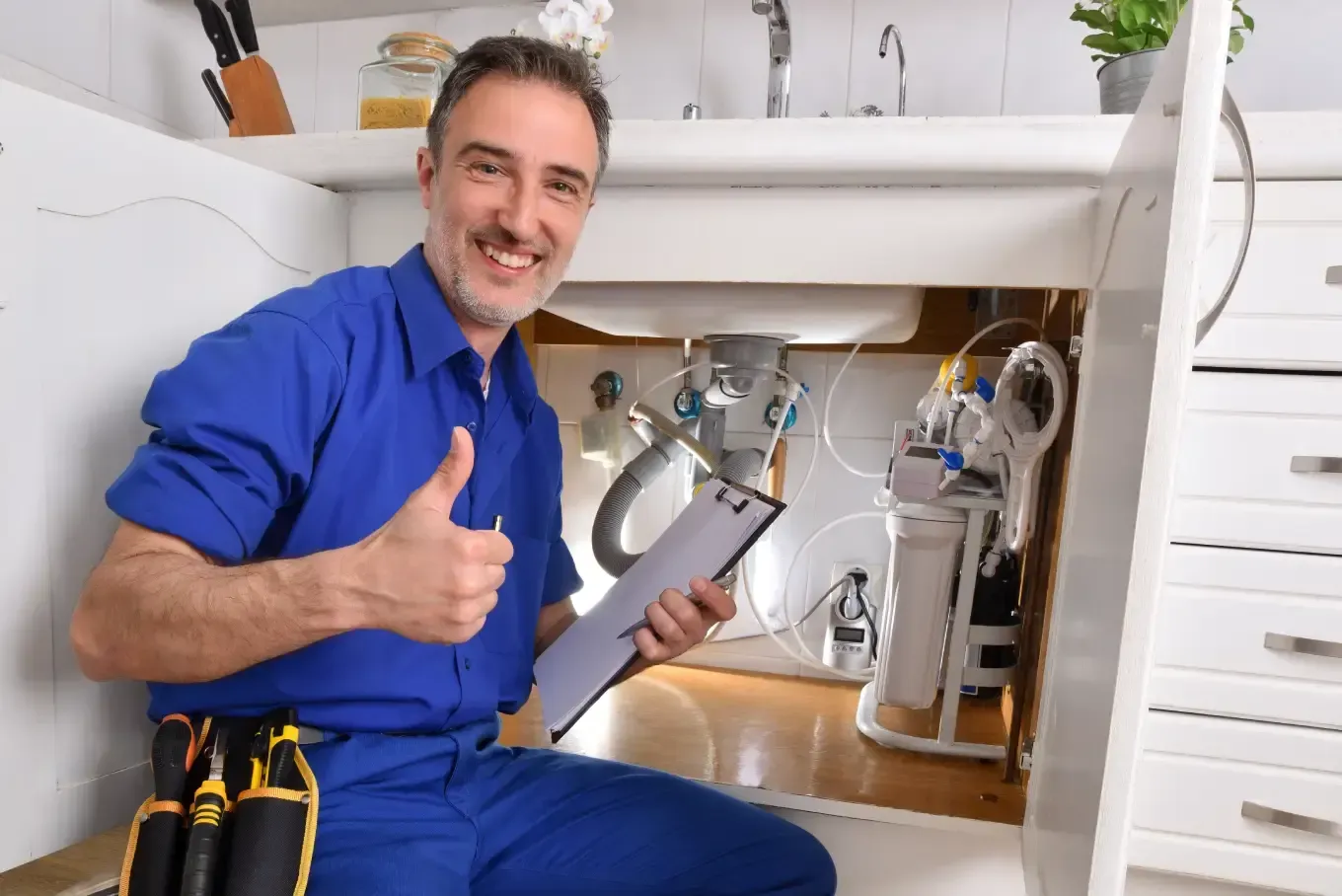

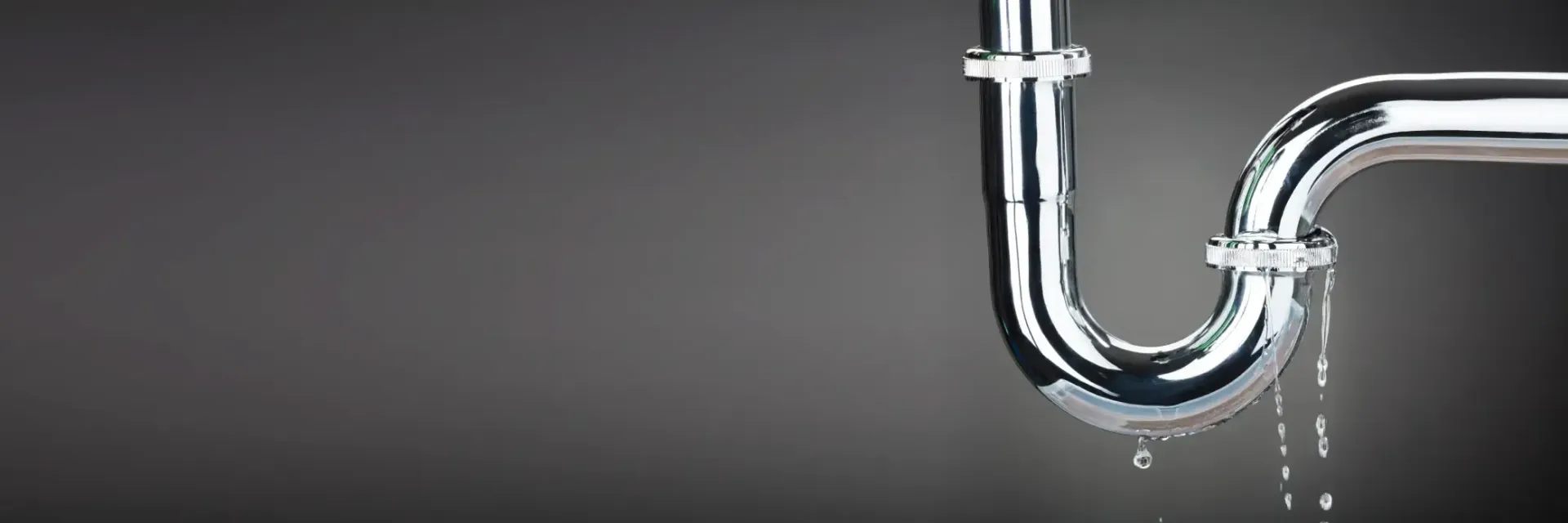

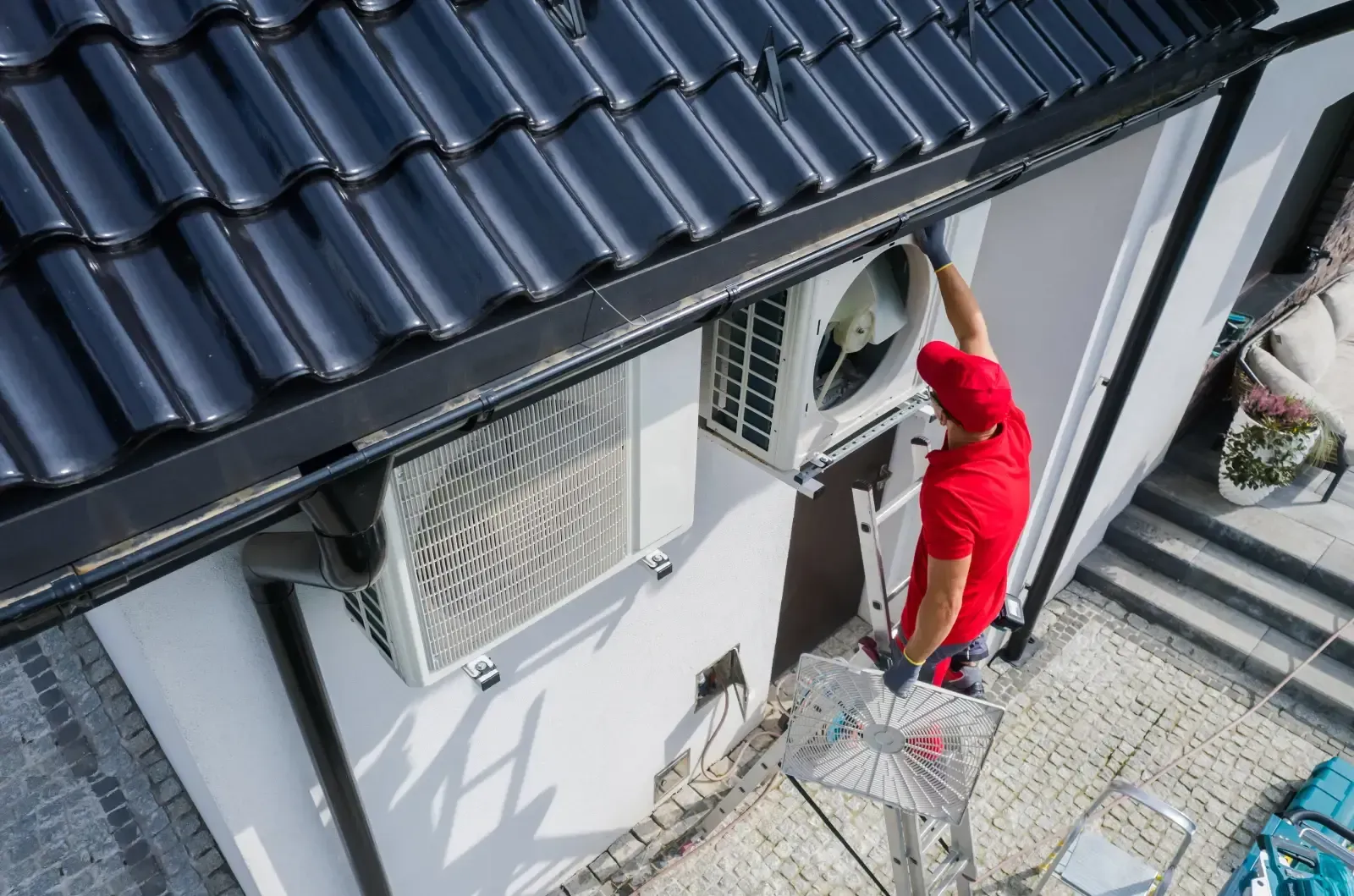
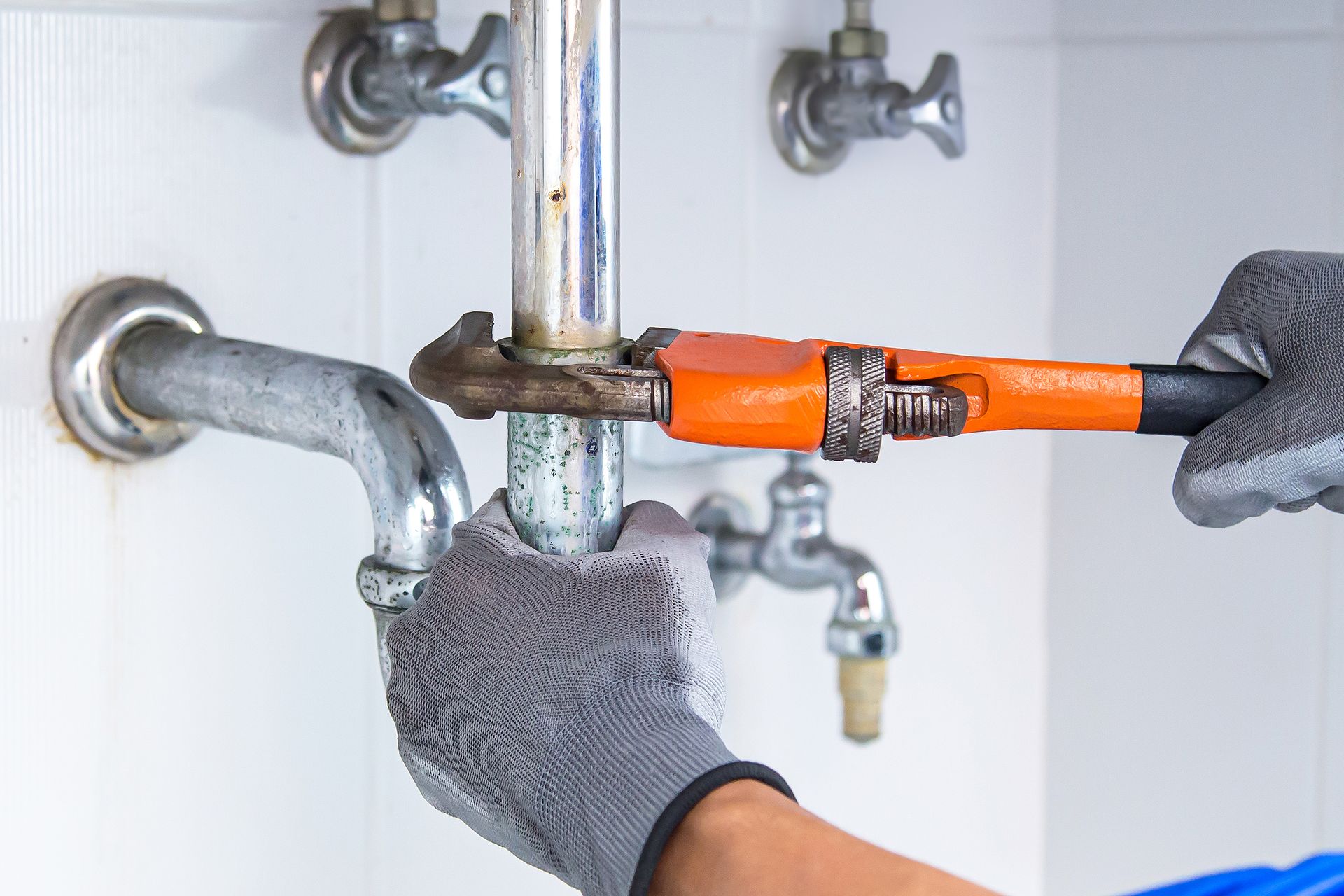
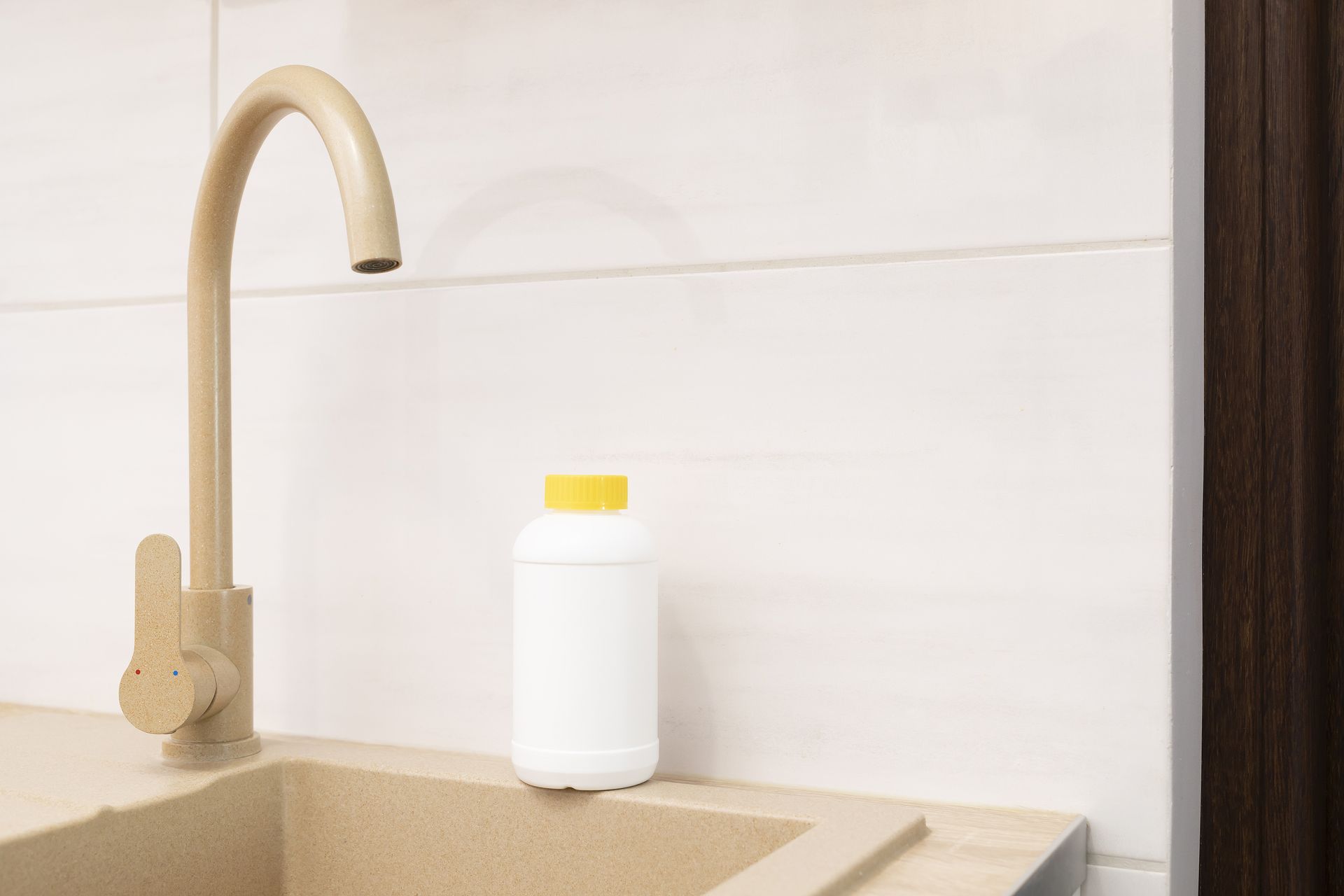
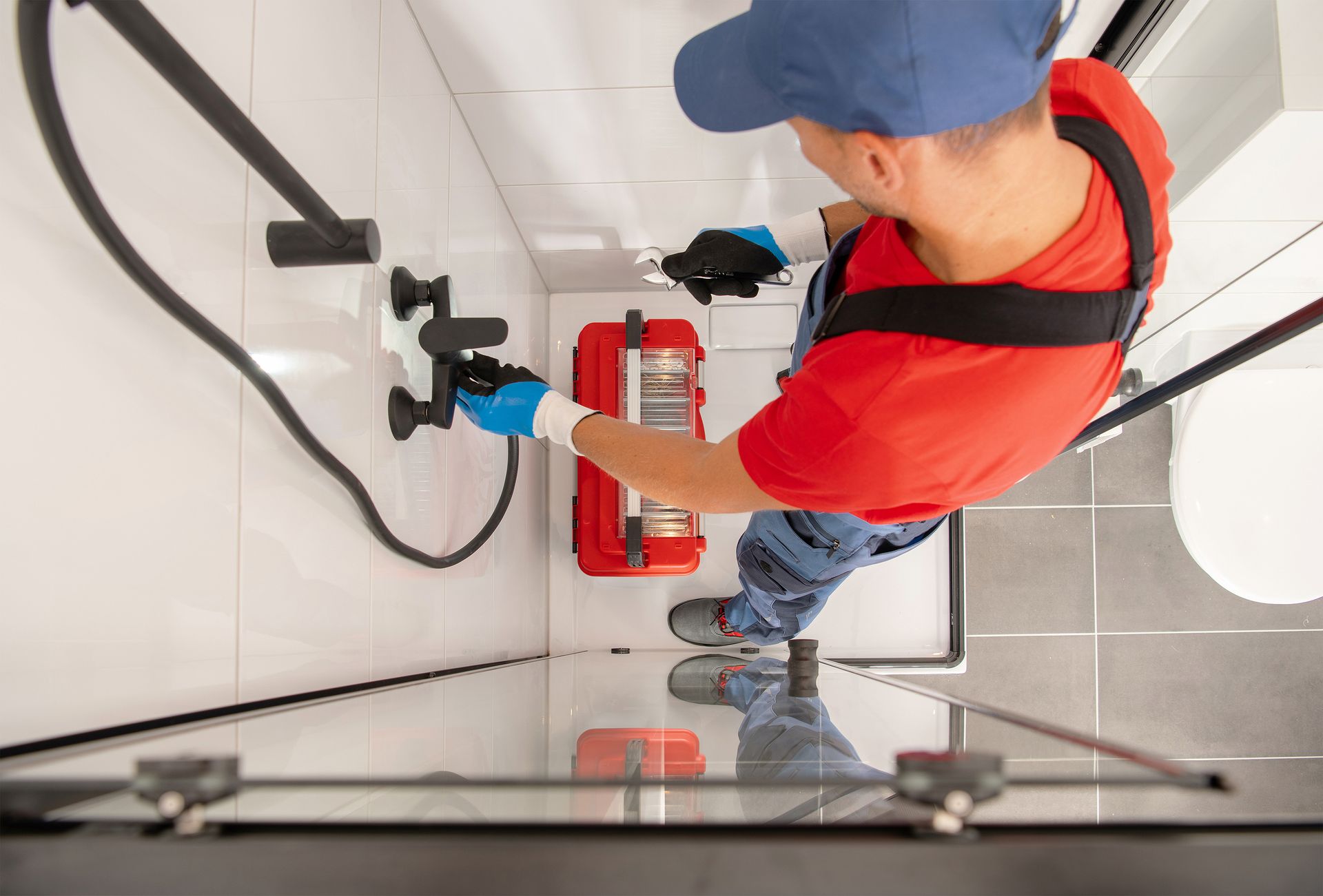
Share On: